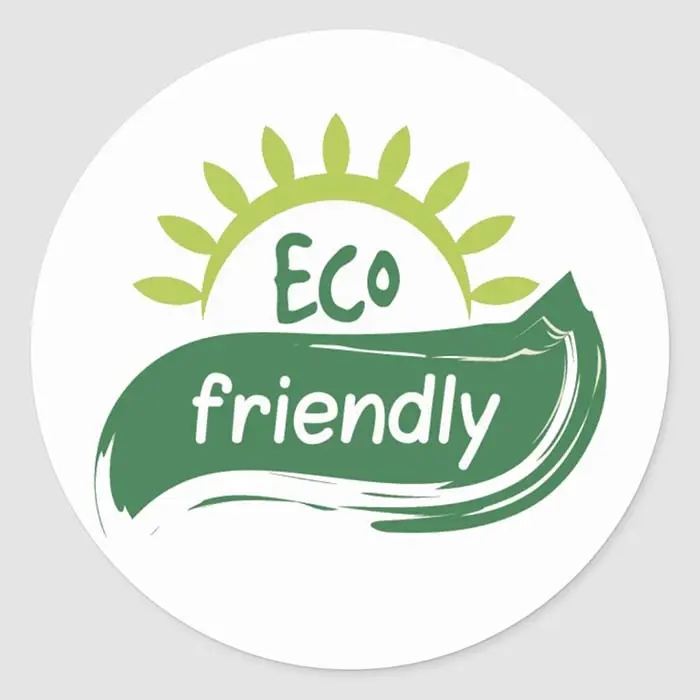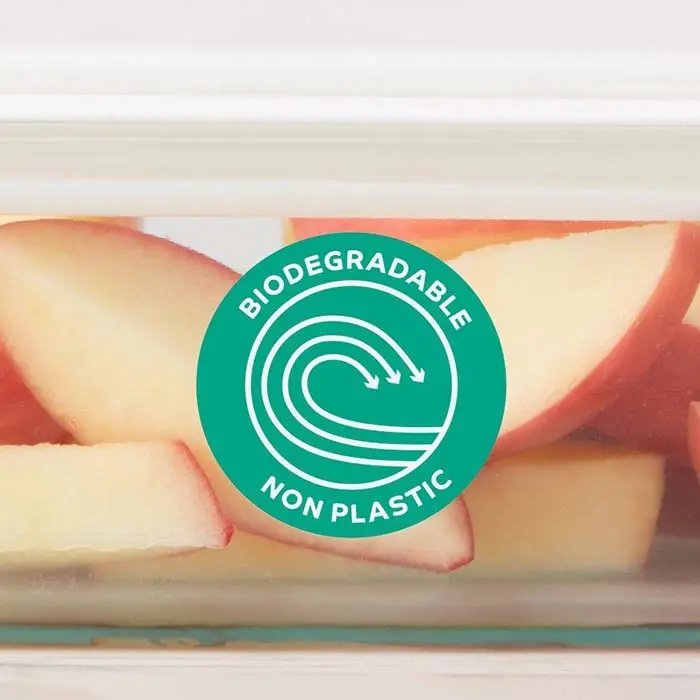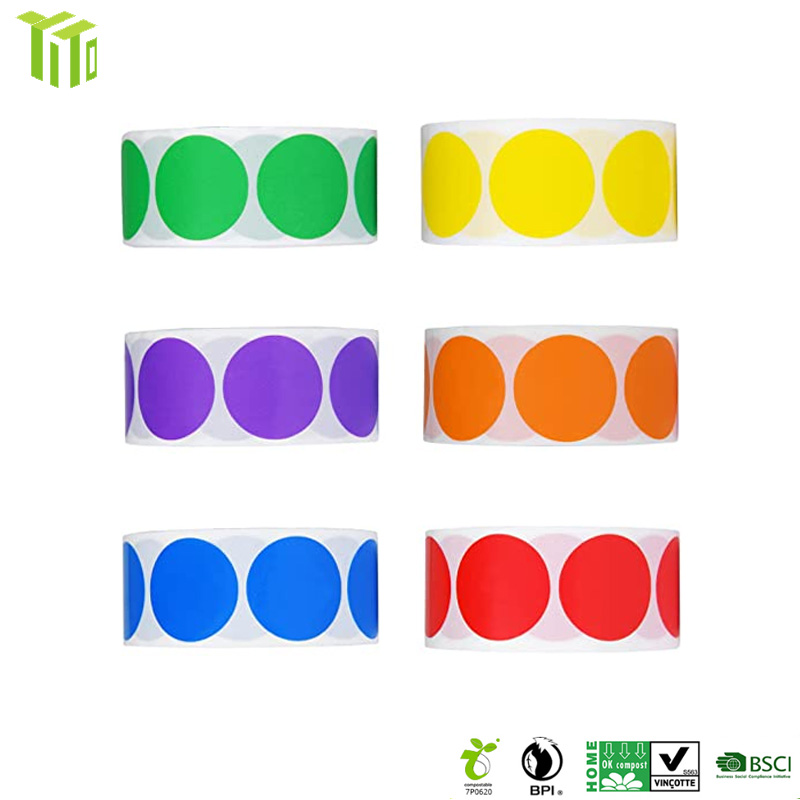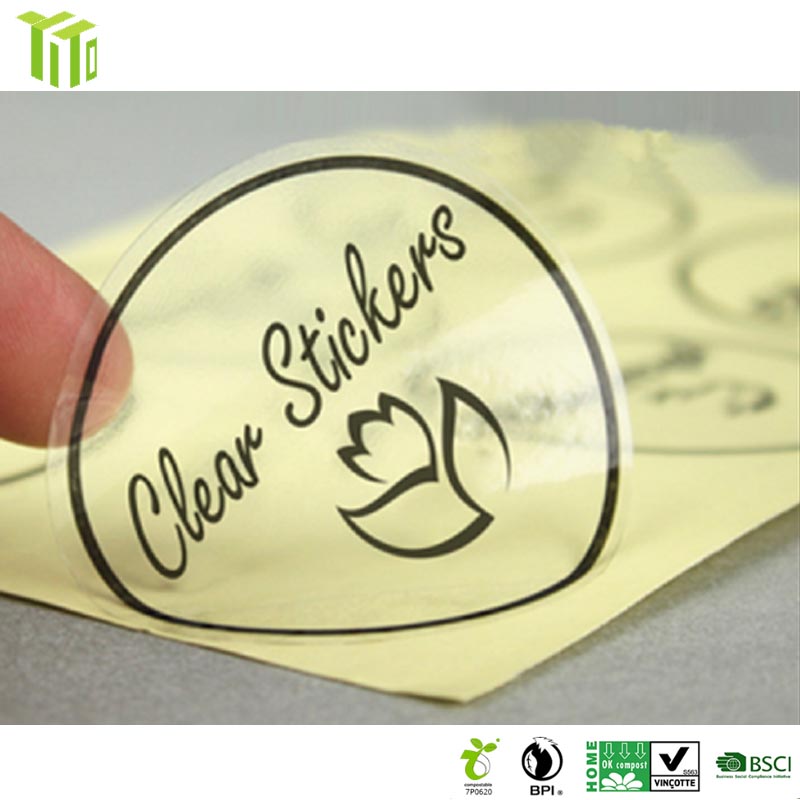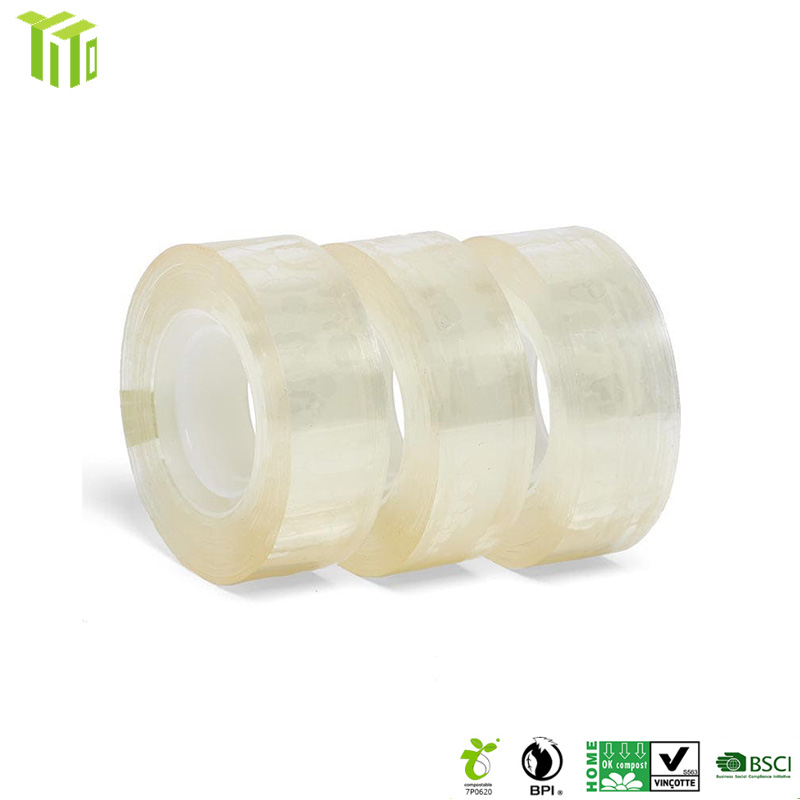Stickers can be a great way to represent ourselves, our favorite brands, or places we’ve been.
But if you’re someone who collects a lot of stickers, there are two questions you need to ask yourself.
The first question is: “Wherever will I put this?”
After all, we all have commitment issues when it comes to deciding where to stick our stickers.
But the second, and perhaps more important question is: “Are stickers eco-friendly?”
1. What Are Stickers Made Of?
Most stickers are made from plastic.
However, there isn’t just one type of plastic that is used to make stickers.
Here are six of the most common materials used to make stickers.
1. Vinyl
The majority of stickers are made from plastic vinyl due to its durability as well as moisture and fade resistance.
Souvenir stickers and decals, such as those designed to stick on water bottles, cars, and laptops are typically made from vinyl.
Vinyl is also used to make stickers for product and industrial labels due to its flexibility, chemical resistance, and general longevity.
2. Polyester
Polyester is another type of plastic that is commonly used to make stickers intended for outdoor use.
These are the stickers that look metallic or mirror-like and they are frequently found on outdoor metal and electronic equipment such as control panels on air conditioners, fuse boxes, etc.
Polyester is ideal for outdoor stickers because it is durable and can withstand varying weather conditions.
3. Polypropylene
Another type of plastic, polypropylene, is ideal for sticker labels.
Polypropylene labels have similar durability when compared to vinyl and are cheaper than polyester.
Polypropylene stickers are resistant to water and solvents and are usually clear, metallic, or white.
They are commonly used for window stickers in addition to labels for bath products and beverages.
4. Acetate
A plastic known as acetate is commonly used to make the stickers known as satin stickers.
This material is mostly for decorative stickers such as what is used for holiday gift tags and labels on wine bottles.
Stickers made from satin acetate can also be found on some types of clothing to indicate the brand as well as sizing.
5. Fluorescent Paper
Fluorescent paper is used for sticker labels, usually in manufacturing and industrial processes.
Essentially, paper stickers are coated with fluorescent dye to make them stand out.
That’s why they are used to convey important information that shouldn’t be missed.
For example, boxes may be marked with a fluorescent label to indicate that the contents are fragile or hazardous.
6. Foil
Foil stickers can be made from vinyl, polyester, or paper.
The foil is either stamped or pressed onto the material, or designs are printed onto foil material.
Foil stickers are commonly seen around the holidays for either decorative purposes or gift tags.
2. How Are Stickers Made?
Essentially, the plastic or paper material is made into flat sheets.
The sheets can be white, colored, or clear, depending on the material type and purpose of the sticker. They can be different thicknesses as well.
3. Are Stickers Eco Friendly?
Most stickers are not eco-friendly simply because of the materials used to make them.
It has very little to do with how the stickers themselves are made.
Most stickers are made from some type of plastic, some of which are better than others.
The exact type of plastic that is made depends on what chemicals are combined with the refined oil as well as the processes used to make it.
But, all of these processes have the potential to cause pollution, and both the collection and refinement of crude oil aren’t sustainable.
4. What Makes a Sticker Eco-Friendly?
Since the process of making stickers is mostly mechanical, the main factor in determining whether or not a sticker is eco-friendly is the materials that it is made of.
5. Are Stickers Recyclable?
Despite being made from types of plastic that are capable of being recycled, stickers usually can’t be recycled due to having adhesive on them.
Adhesives of any kind can cause the recycling machines to gum up and become sticky. This can cause the machines to tear up, especially if large quantities of stickers are recycled.
But another reason that stickers usually can’t be recycled is that some of them have a coating on them to make them more water- or chemical-resistant.
As with adhesives, this coating makes stickers difficult to recycle because it would need to be separated from the sticker. This is difficult and expensive to do.
6. Are Stickers Sustainable?
As long as they are made from plastic materials and can’t be recycled, stickers are not sustainable.
Most stickers can’t be reused either, so they are a one-time-use product which isn’t sustainable either.
7. Are Stickers Toxic?
Stickers can be toxic depending on what type of plastic they are made of.
For example, vinyl is said to be the most hazardous plastic for our health.
It is known to have high concentrations of volatile organic compounds and phthalates which can cause cancer.
Although harmful chemicals are used to make all types of plastics, other types of plastic aren’t toxic as long as they are used as intended.
However, there have been concerns about toxic chemicals found in sticker adhesives, particularly in stickers that are used on food packaging.
The concern is that these chemicals seep from the sticker, through the packaging, and into the food.
But research has shown that the overall chance of this happening is low.
8. Are Stickers Bad for Your Skin?
Some people put stickers on their skin (particularly the face) for decorative purposes.
Some stickers are designed to be put on your skin for cosmetic purposes, such as reducing the size of pimples.
Stickers used for cosmetic purposes are tested to ensure that they are safe on the skin.
However, regular stickers that you use to decorative your skin may or may not be safe.
The adhesives used for stickers can irritate your skin, especially if you have sensitive skin or allergies.
9. Are Stickers Biodegradable?
Stickers that are made from plastic are not biodegradable.
Plastic takes a long time to decompose – if it decomposes at all – so it is not considered to be biodegradable.
Stickers that are made from paper will biodegrade, but sometimes the paper is coated with plastic to make it more water-resistant.
If this is the case, the paper material will biodegrade, but the plastic film will remain behind.
10. Are Stickers Compostable?
Since composting is essentially human-controlled biodegradation, stickers are not compostable if they are made from plastic.
If you throw a sticker into your compost, it will not decompose.
And as mentioned above, paper stickers may decompose but any plastic film or material will be left behind and therefore ruin your compost.
Related Products
YITO Packaging is the leading provider of compostable cellulose films. We offer a complete one-stop compostable film solution for sustainable business.
Post time: Apr-18-2023

